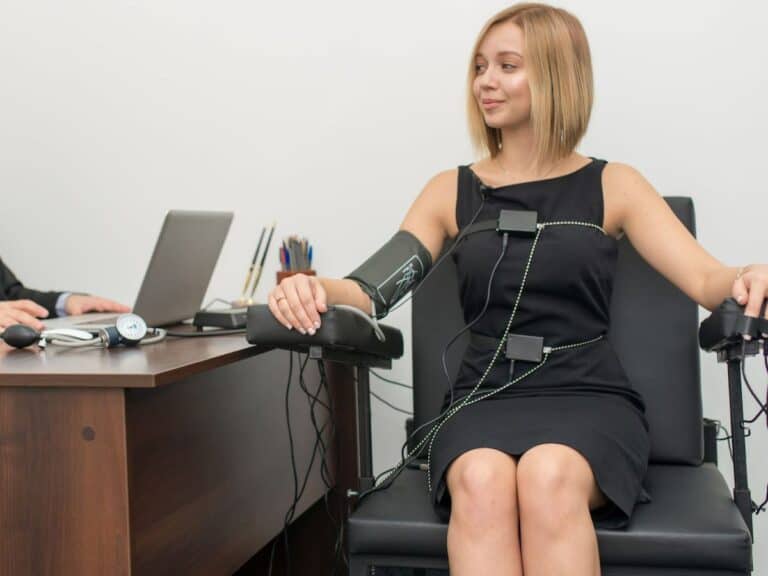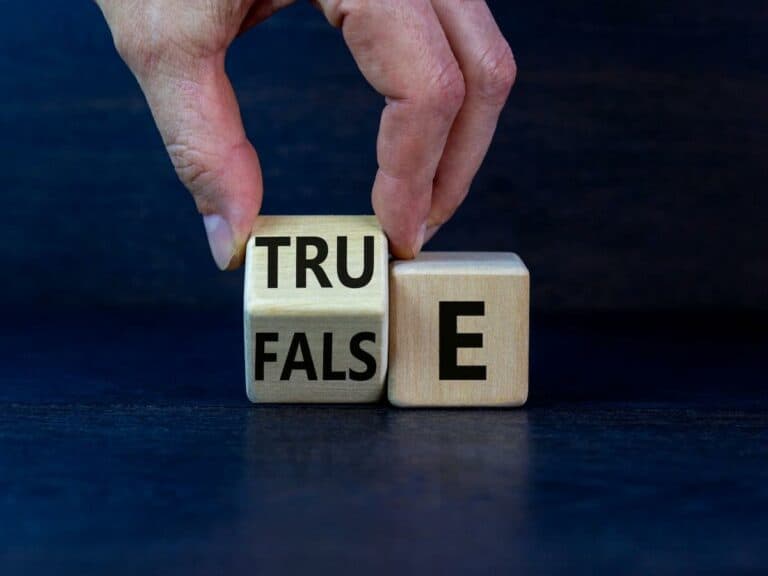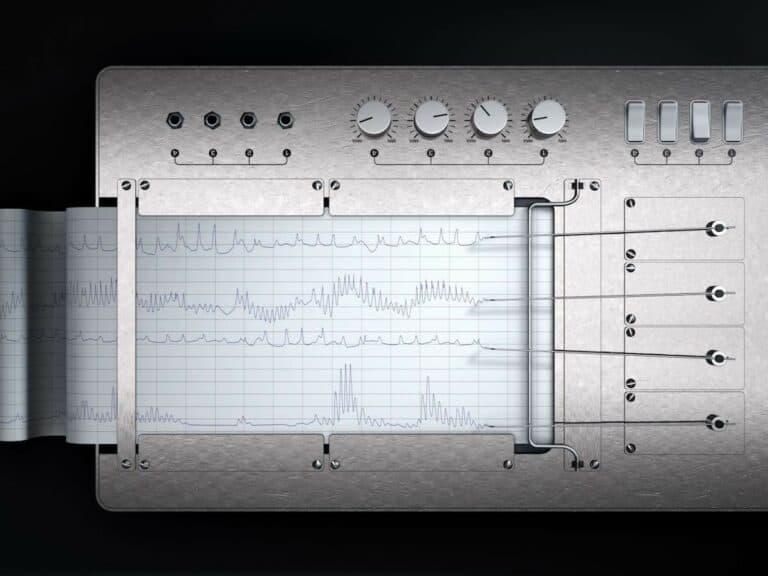Do Home Lie Detector Tests Work?
Home lie detector tests, like their name suggests, are polygraphs for home use. Anyone who suspects someone of being deceitful may carry it out — no need to have a professional polygraph examiner around. But the question consumers have is this: do home-use polygraphs work?
Some home lie detector test kits work in that they can measure bodily changes associated with deceitfulness. Some polygraphy models, in fact, claim that they’re police- or military-grade. But it’s important for individuals shopping for at-home lie detectors to know that many polygraph kits for home use are just party toys.
On the hunt for a polygraph home test to add to your shopping cart?
Continue reading this post first — I will discuss some of the most important things you need to know about home lie detector test products. And please take note that no home polygraphy can replace polygraph exams by industry experts.
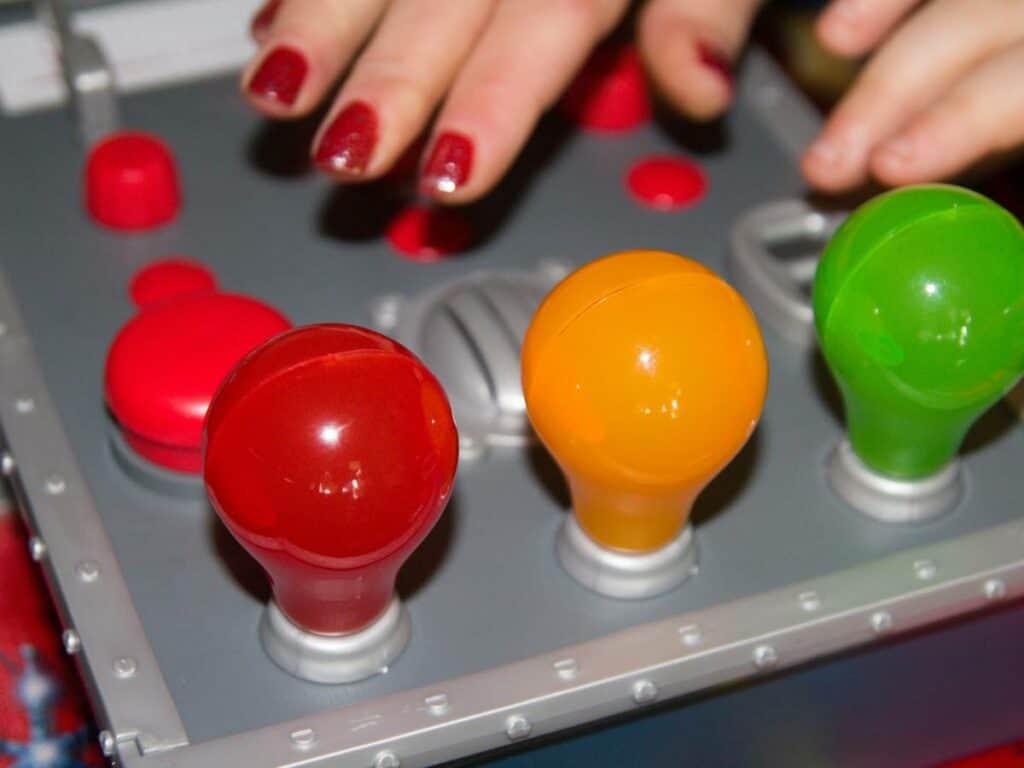
Issues With Lie Detector Home Kits
Even if they worked just as well as lie detector machines used by the experts, it would be very unlikely for those home polygraph test kits to produce the most accurate and reliable results possible. The findings would be contaminated if the environment is inappropriate for the task and the examiner and questions asked are all wrong for the task.
No matter how splendidly a polygraph machine for home use works, chances are that it will fail to accurately tell whether or not the individual being examined is truthful.
That’s because various conditions and requirements are disregarded when a home kit is employed:
Polygraph machine
The lie detector test machine of today is designed to be able to measure anywhere from 4 to 6 physiologic processes in the examinee. These days, an instrument should be capable of monitoring the following at least:
- Changes in blood pressure
- Changes in heart rate
- Changes in respiration
- Changes in the electrical conductivity of the skin
Some are also designed to observe parameters such as the skin temperature and movements of the limbs.
In the market, most lie detector home test devices are only capable of measuring changes in the heart rate. Some of them, however, may assert that they can also assess some physiologic changes, although it’s usually nothing more than an advertising ploy in order to grab lots of attention and increase sales.
There are also polygraph machines for home use that come with sensors that actually pick up a number of things, from the heart rate to the skin’s ability to conduct electricity — some, admittedly, even use military-grade components or police edition instruments with professional accuracy.
Still, it’s important to keep in mind that many of them are mere toys.
Especially if it’s cheaper than $20 (online, an actual polygraph machine costs no less than $1,000) and it says it can make parties more fun and unforgettable, chances are it’s something you shouldn’t take seriously. You can use one of them if everybody at the event is getting bored, but it’s not suitable for solving a crime or dilemma.
Examination room
A lie detector may come with all sorts of sensors, cables and buttons alright. Still, it remains compact and portable — the polygraph examiner can bring the instrument wherever it’s needed.
Needless to say, a polygraph examination can be conducted in practically any venue and surrounding. Besides having it in the headquarters of the examiner or a police officer, it can also be held in the company’s office or just about any other locale where someone or some people will be tested.
But no matter where the lie detector exam is held, certain environmental conditions have to be met.
Regardless of the location, the examination room or area has to provide the right amount of calmness and relaxation to the examinee. He or she should not be exposed to external influences. Similarly, unnecessary stimuli should be kept at bay so that nothing will distract the person, thus allowing him or her to concentrate fully on the test.
If there’s more than one polygraph expert or investigating authority on the scene, it’s a good idea for the service provider to install a detective mirror through which they can observe the procedure.
The presence of other people besides the examiner could keep the examinee from being open and trusting.
Examiner
Not everyone can be a professional polygraph examiner. The most suited for the job are those who have completed an accredited program from an accredited institution.
The problem with the use of a lie detector home test kit is that the examiner is not a pro.
An examiner should be someone who is not only professional but also an independent individual. This means that he or she should have no connection to both the examiner, who is the accused, as well as the accuser.
The polygraph expert should have no emotional investment in the situation and consequences to take no matter the result of the exam.
Suppose that the one who is asking the questions is the accuser or related to the accuser. Then it’s not unlikely for the examinee to feel attacked or already considered guilty as charged.
A professional examiner also received training on how to bring the examinee to a proper state of mind, which can help fend off an error or inconclusive result. Similarly, he or she is familiar with assessing whether the individual is suitable for a polygraph test and also well-versed with the proper questioning techniques.

Admissibility Standards of Polygraph Tests
In states where a lie detector test is not considered valid enough for use as evidence in court, polygraph exam results are not considered admissible.
And in jurisdictions where it has admissibility and the two opposing parties agree to its use, a polygraph exam must meet standards before it’s considered admissible.
Today, a couple of major governing standards employed can be found in seminal or highly influential cases:
- Frye v. United States, 293 F. 1013 (DC Cir. 1923)
- Daubert v. Merrell Dow Pharmaceuticals, Inc., 509 US 579 (1993)
The federal court system relies on the Daubert standard exclusively. On the other hand, state courts are commonly divided between the Daubert standard and the Frye standard.
There are some states that have their own interpretation of the benchmark cases mentioned above, thus resulting in each one of them having its own set of somewhat unique standards when deciding whether or not a lie detector test result is admissible in court. Needless to say, there’s variation in its admissibility in every jurisdiction.
Let’s take a closer look at each one of the standards used by courts so that you can have a much better idea why a lie detector home test kit and its result should not really be taken at face value:
Frye standard
In Frye v. United States, 293 F. 1013 (DC Cir. 1923), the defendant was convicted of second-degree murder and disputed on appeal that the trial court made a mistake by refusing to allow an expert witness to testify as to the result of the systolic blood pressure deception exam that the defendant has taken.
Simply put, the blood pressure deception test asserts that the blood pressure is affected by changes in the emotion of the examinee, and that rises in it are brought about by nervous impulses.
The blood pressure deception test was invented in 1915.
On the other hand, the polygraph test came into being in 1921. So, in other words, the blood pressure deception test, which, by the way, was invented by an American lawyer and psychologist, is older than the lie detector test as we know it. As a matter of fact, the said examination would become a component of today’s polygraph machine.
The Frye v. United States, 293 F. 1013 (DC Cir. 1923) gave birth to the Frye standard. Any court that applies this standard when figuring out whether or not a polygraph test result is admissible should determine if the method by which the evidence was obtained was generally accepted by experts in the particular field in which it belongs.
Daubert standard
In Daubert v. Merrell Dow Pharmaceuticals, Inc., 509 US 579 (1993), two minor children born with serious defects and their parents sued a pharmaceutical company in a California state court. The family claimed that the birth defects of the little ones had been caused by the mother’s ingestion of Bendectin while she was pregnant.
A popular drug for relieving nausea and vomiting among women who are in the family way, Bendectin was removed from the world market in 1983 due to accusations that it caused congenital malformations.
Needless to say, the high-profile case gave rise to what’s referred to as the Daubert standard.
While the Frye standard seeks to determine only one thing before the scientific testimony of an expert, such as a lie detector test result, can be admissible in court, the Daubert standard, which is also sometimes referred to as the Daubert test, aims to consider multiple factors. And they are:
- Whether the theory or technique in question can be and has been tested
- Whether it has been subjected to peer review and publication
- The known or potential rate of error of the technique or theory
- The existence and maintenance of standards controlling its operation
- Whether it has attracted widespread acceptance within a relevant scientific community
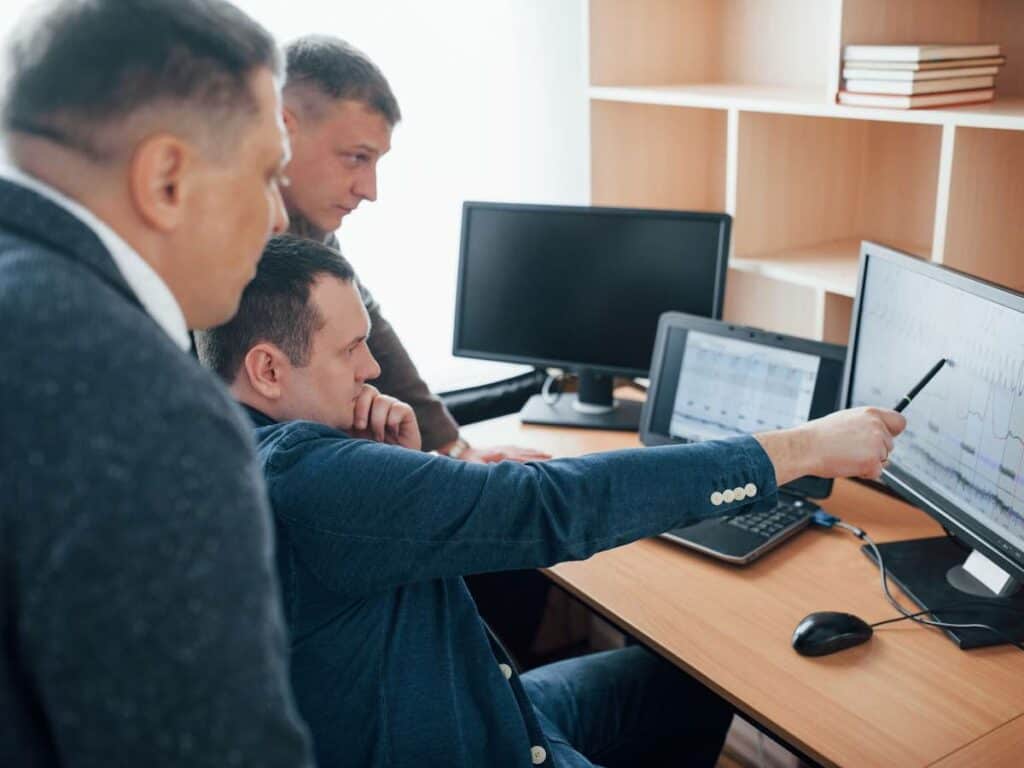
Chart Evaluation
An entire polygraph test can last anywhere from 1 to 3 hours. Some can take as long as 4 hours, while others can be no longer than 30 minutes to complete. It will depend on factors such as the purpose of the lie detector examination, the policy of the service provider, and the training and experience of the polygraph examiner himself or herself.
Examiners are strapped to a polygraph machine for just a fraction of the time, usually 15 to 20 minutes only.
One of the most time-consuming parts of a lie detector exam is what’s referred to as the post-test phase. Just like what the name suggests, this takes place after the question and answer portion of the test.
It’s during the post-test phase that a critical part of polygraph testing takes place. And it’s none other than the collection, analysis and interpretation of data recorded by the instrument. When examining available information to derive a chart score, a polygraph examiner may use one or a combination of procedures:
Global evaluation
Besides data recorded by the lie detector machine while it’s hooked up to the examinee, the examiner also employs behavioral data. Since he or she will also have to rely on personal observations of the examinee, most especially the body language, it’s important for the polygraph examiner to have the necessary training and ample experience.
Numerical method
One of the numerical scoring methods used by examiners is referred to as the 7-position numerical analysis scale. In this, changes in the signals at each spot (relevant question) are compared to the signals at the nearest control questions. Values are assigned to the differences between the responses, ranging from -3 to +3.
Computerized algorithm
These days, different computerized polygraph systems are being used in the US for chart evaluation. It will depend on the brand or model of the lie detector machine. One example of a system employed is the Computerized Polygraph System (CPS), whose algorithm is the product of research conducted at the University of Utah’s psychology lab.
As mentioned earlier, it’s possible for a polygraph examiner to rely on only one or a combination of the above-mentioned methods in order to come up with an accurate and reliable examination result.
Because making sense out of the various physiologic processes collated by a polygraph machine isn’t that simple, it’s very much unlikely that you will get a result that you can count on from the use of a lie detector home test kit, including most especially the kinds that are only meant to add some fun and excitement to parties.
It’s true that there are more sophisticated polygraph instrument kits for home use, such as the kinds that plug into laptops and come with companion software tools that need to be installed.
However, they have none of what traditional polygraph tests have: a trained and experienced examiner.
As discussed above, there are different chart-scoring methods used by experts in the field of lie detector testing in order to determine whether a person is being truthful or non-truthful. And two of them require a more subjective approach to evaluating the readings, and they are global evaluation and the numerical method.
Unless the software tools that accompany some polygraph home test kits are developed by individuals with actual training and experience that the manufacturers of professional computerized polygraph equipment used by polygraph exam providers these days, then the outcome should be taken with a grain of salt.
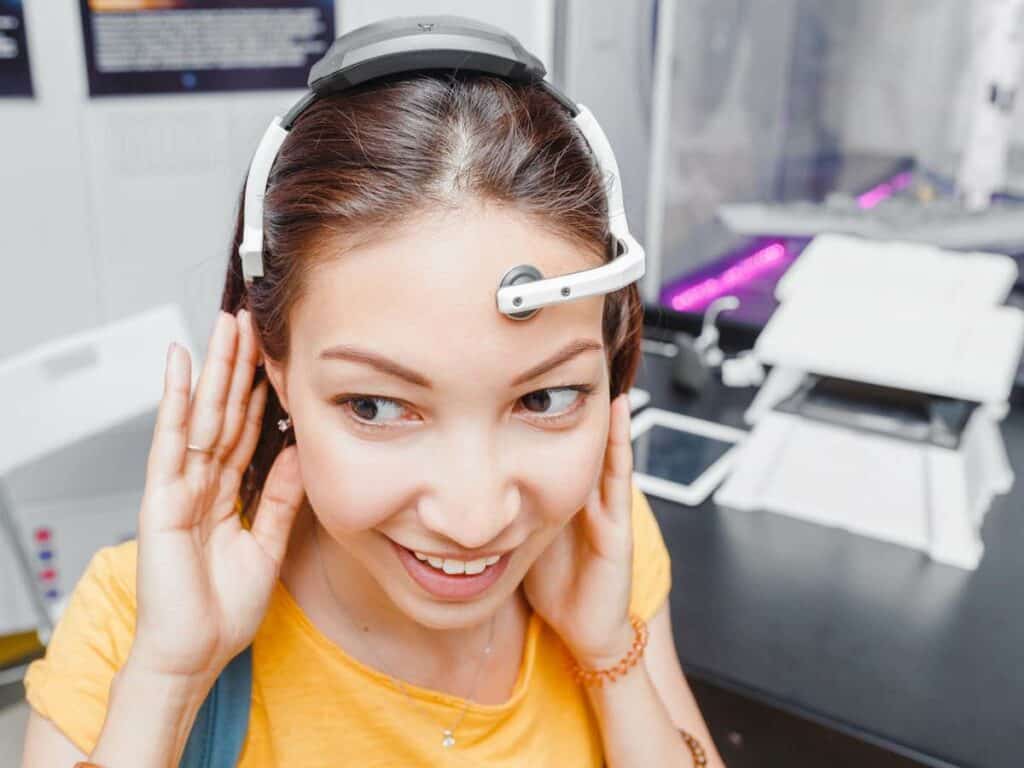
Lie Detector Apps
The smartphone of today is a far cry from the DynaTAC, the very first cellular phone by Motorola, which came out in 1984. Measuring 9 inches tall and weighing 2.5 pounds, calling was all that it could do — it allowed around 35 minutes of talk time before its rechargeable battery, which weighed 1.7 pounds, ran out of juice.
Installing apps can turn your mobile phone into all kinds of things, from a personal assistant, surveillance camera, handheld gaming console, Wi-Fi tethering device to social media hub.
And now, it can also be used as a lie detector test that you can take anywhere and use anytime for anyone.
First things first: the vast majority of lie detector test apps you can download and install on your smartphone are for fun only.
While it’s not uncommon for most of them to require users to press their fingertips against the screen during the examination, these apps simply come up with answers randomly — either you are telling the truth or lying.
A Toronto-based app developer, however, claims that it’s developing an app that uses the camera of a smartphone to detect changes in the blood flow in the face of the examinee, based upon which, allegedly, blood pressure and heart rate changes can be detected, thus allowing the app to determine whether the person is guilty or not.
Looking at your smartphone’s camera for 30 seconds, according to the developer, is all it takes for the app to be able to measure various physiologic changes in you.
Some app developers, based on independent studies they have conducted, claim that it can take a while for people who are being deceitful to answer a question.
How you interact with your smartphone’s screen can be a determining factor, too, they add.
In one study, for instance, participants were asked to play a mobile dice game. While the players were not encouraged to lie, they were rewarded based on their reported scores. The researchers discovered that those who were truthful when reporting scores tapped so much closer to the center of the display panel.
Just Before You Buy a Lie Detector Home Test Kit
Some lie detector home test instruments are so sophisticated that they come with a number of sensors and can connect to laptops and use proprietary software tools, too. But then there are also those that are mere toys.
No matter the brand, model, claims and cost, don’t take a home-use polygraph kit seriously.
Ensure that it will be used only for the purpose of having some fun and excitement each time you take it out of its box. Refrain from assuming that it can predict a person’s truthfulness or deceitfulness as accurately and reliably as a professional polygraph machine and with the aid of a trained and experienced examiner.
Read Next: Can You Beat a Polygraph Test?

